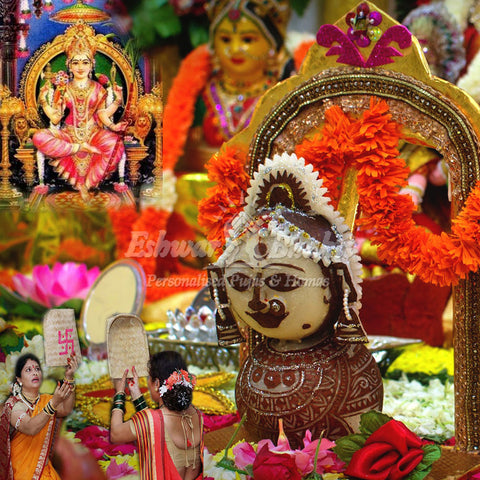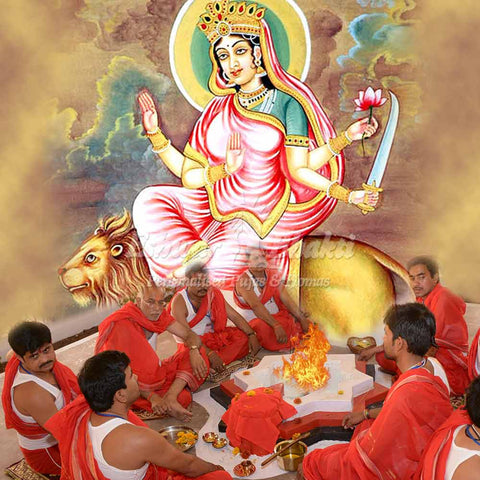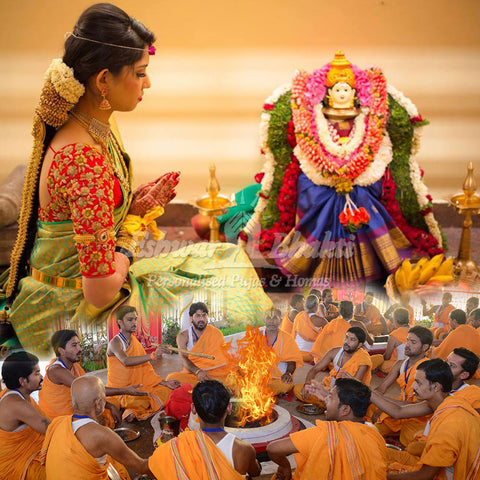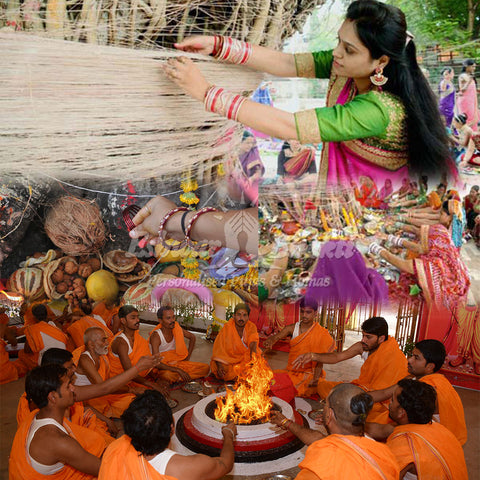Why Indian women apply Sindoor?
 Indian culture and tradition is deeply rooted with spiritual values, godliness and principles to evolve in life. Each custom & tradition, as prescribed by scriptures, spiritual masters and ancient seers from India has very important role in uplifting values in life. It helps us to lead a peaceful and harmonious life.
Indian culture and tradition is deeply rooted with spiritual values, godliness and principles to evolve in life. Each custom & tradition, as prescribed by scriptures, spiritual masters and ancient seers from India has very important role in uplifting values in life. It helps us to lead a peaceful and harmonious life.
Applying sindoor on the forehead of Indian married women has high value in the society. It is considered auspicious and has been practiced for ages. The parting line appearing in the middle of the head has spiritual significance also. It is an aperture in the crown of the head called Brahmarandhra. This location is extremely sensitive that it is the gateway to experience the absolute consciousness from spiritual point of view. The parting is drawn here by applying sindoor. The only metal in liquid form is mercury, used in preparing sindoor. Relief from the stress created by thoughts, increase in the awareness and alertness are some of the important benefits if real mercury is used in preparing sindoor.
Sindoor is applied on the forehead of married women in India. The reason is that after a girl’s marriage, she shoulders the responsibility of looking after all the new family members, so if mercury is used along with sindoor, it helps to balance all the mental pressures faced in the new life. It is also considered as a therapeutic medicine. Substance called as “Kumkum” is also beneficial for the ladies in both scientific and spiritual ways. Usually it is made by mixing turmeric. It also helps to improve concentration. It is also a graceful thing for the ladies as it gives a divine beauty. It enhances the mental power, divine thoughts within and among those who are around her. Typically it is in the red colour. Red colour symbolises love and passion, blood and strength. It is also an indication that a women with sindoor is taken care of by her husband. Red sindoor reminds us about the goddess Shakti. For best results on regulating the emotions, Indian women apply sindoor right upto the pituitary gland.
History and roots: Mythologically, goddess Parvathi, consort of Lord Shiva is also believed to apply Sindoor on Her forehead. Sita Devi, wife of Lord Rama used to apply sindoor as per Ramayana. Divine gesture of both these goddesses shows their reverence to their husbands. Draupadi, the wife of Pandavas too used sindoor as per the Mahabharata. Puranic stories also mention this in several contexts. Radha, the divine consort of Lord Krishna used to apply sindoor on forehead. Soundarya Lahari, written by Adi Shankaracharya also speaks about sindoor like in other mythological texts. Sindoor is used for worshiping Hindu goddesses like Shakti and Lakshmi. Some people believe that applying sindoor on forehead by Hindu woman is also a symbolic expression of gratitude to Sati. Sati is regarded as the role model as a wife in Hinduism. Hindu women believe that Goddess Parvati would bestows grace to those married woman who follow this routine.
The customary practice of applying sindoor on the forehead of Indian married women has also roots from Vedic age. The exact hair parting is known as maang. Sindoor is also considered as one of the 16 adornments in various traditions followed by the Indian Hindu women. It is called as “Solah Shringar”. As it is red in colour and mixed with turmeric, it is also called as kumkum. Indian scriptures call it as “Kasturi” when mixed with other material. Mercury is also mixed to get spiritual benefit by applying sindoor on forehead.
Symbolism of Hindu married woman: Another important reason in the life of a woman applying Sindoor on the forehead is expressing the desire of having husband’s longevity. Usually widows stop applying Sindoor on forehead after their husband’s demise. It is during the marriage ceremony when the Sindoor is applied for the first time on bride’s forehead. Groom is adorned with Sindoor by bride. This auspicious ceremony is called as “Sindoor-Dana”. Some people believe that, it is also a new practice, not mentioned in any of the religious texts. In some parts of the northern India, husband applies sindoor on his wife’s forehead during the important festivals like Navaratri, Sankranti, Karwa Chauth, etc. It is also a sign of good fortune, saubhagya symbolising the female energy of Parvati & Sati.
In India, marriage is regarded as a new life for both the bride and groom. Most of the religions in India, rooted with spiritual values perform auspicious ceremonies before and after the marriage. In Hinduism marriage ceremonies are observed for few days. Sindoor dana is one of the most important custom in the Hindu weddings. A girl’s marital status is changed when her groom puts sindoor on her forehead. There are communities where the mother of the groom welcomes the bride at home by putting sindoor. More than looking at as a ritual, it is also for the longevity of the husband. If we look at the modern society, applying sindoor defines being married or unmarried. It is believed that this custom even existed during the Harappan culture, as documented by the archaeologists.




